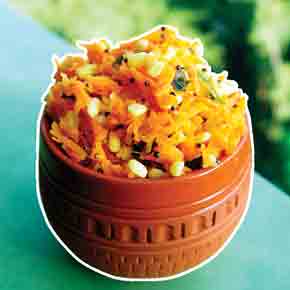On Tuesday, Fatehgarh Sahib DSP (Detective) Arshdeep Singh is set to look into a complaint that does not match his job profile — use of buffalo in a cattle feed advertisement and alleged cruelty meted out to the buffalo in the ad.
A number of cattle feed manufacturers in Punjab have suddenly found themselves in an awkward position after animal rights activists Naresh Kadyan and his son Abhishek alleged violation of the Prevention of Cruelty to Animal Act-1960.
Abhishek, in an online complaint to the Punjab Police against Tiwana feed manufacturer Tiwana Oil Mills Pvt Limited, Fatehgarh Sahib, alleged the company had violated the Section 38 of the Prevention of Cruelty to Animals Act -1960 by not obtaining “pre-shoot” permission from the Animal Welfare Board of India (AWBI). He has now been asked to appear before the Fatehgarh Sahib DSP (Detective) on Tuesday.
When contacted, Naresh Kadyan said Abhishek had already sent an email giving his detailed statement. “I would take that statement in person as well to Fatehgarh Sahib police tomorrow,” Naresh said, adding that it was a “non-cognizable” offence and the violation carries a penalty from Rs 50 to Rs 500. “There is no provision for an FIR. Only the cattle feed manufacturer could be asked to pay a fine and would have to get the advertisement off air. Due to this mild punitive action, the atrocities on animals continues,” said Naresh.
Tiwana Oil Mills Pvt Limited MD Satnam Singh Tiwana, meanwhile, said: “We were not aware that permission was required for using a buffalo in the ad. Neither the channels (on which ad was aired) nor those who made the ad told us about it. I have told the police that if there is any violation, we would seek permission before airing the ad next time. The ad had been off air for the last one year. They may have seen it on YouTube.”
Naresh has also lodged a separate online complaint against another feed manufacturer, Tara Health Foods Limited in a similar case. In his complaint, Naresh has alleged that in an ad, a buffalo was shown tied while no permission was obtained from AWBI by the company. The advertisement has comedian Jaswinder Bhalla promoting the feed with buffalos.
When contacted, AWBI Chairman Maj Gen (Retd) Dr R M Kharb said: “I have referred the case to a committee in AWBI. Buffalo is not a performing animal. So, a simple photograph of a buffalo in a video shoot does not amount to violation until and unless it is treated cruelly.” Naresh, however, claimed that any animal that has been filmed, has performed and thus, permission was needed to be taken from AWBI.
Tara Health Foods Limited Chairman Jaswant Singh, on the other hand, said: “There would have been violation had we made the buffalo do some acts. As far as permission is concerned, we would apply for the same. The complainant is unnecessarily creating an issue out of nothing.”

